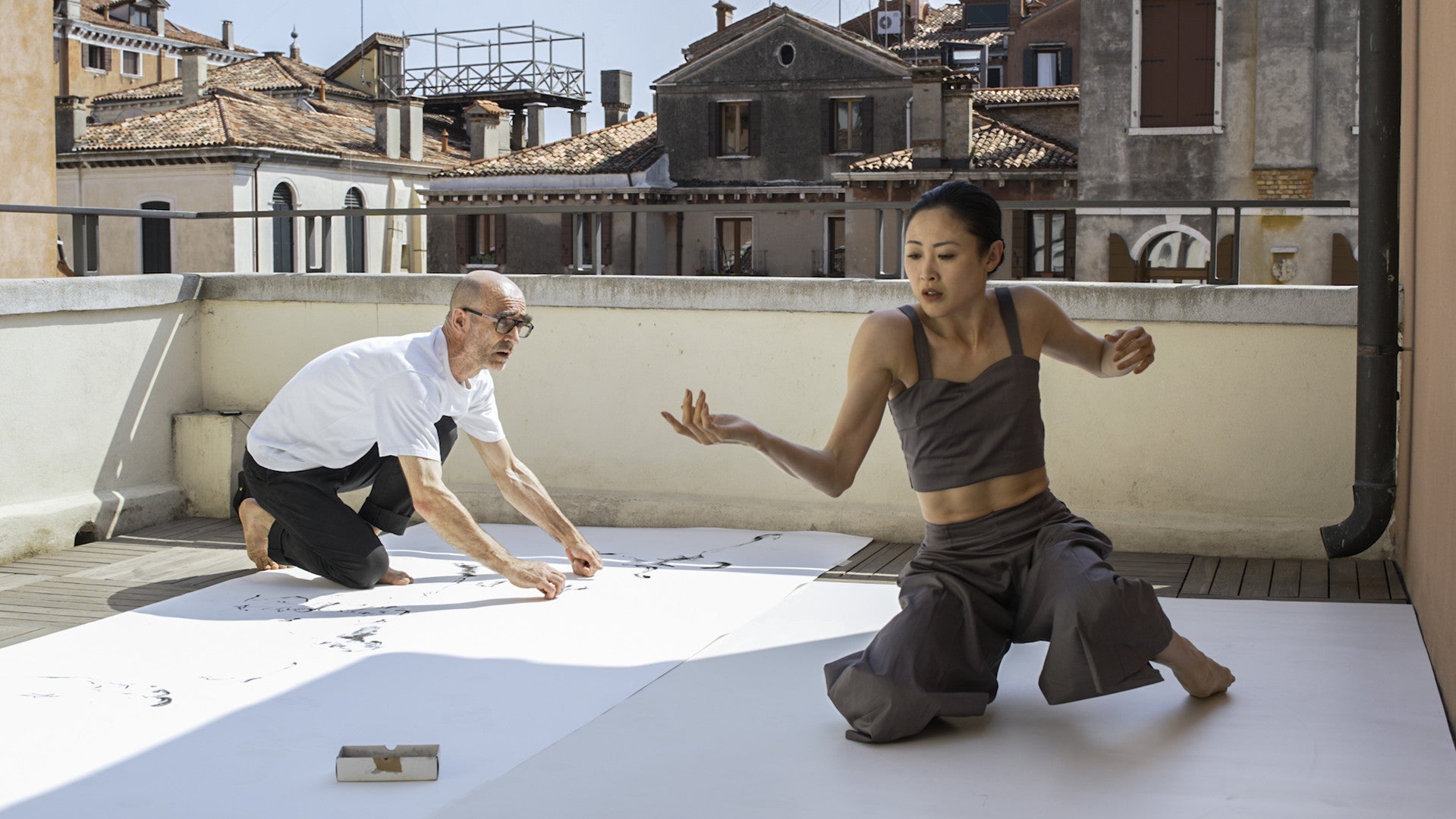Ultimate Release
Perhaps not since Mikhail Fokine’s 1905 iconic “The Dying Swan” has there been as haunting a solo dance depiction of avian death as Aakash Odedra Company’s “Songs of the Bulbul” (2024).
Continue Reading
World-class review of ballet and dance.
Ever since Thomas Edison hand-tinted the swirling skirts of modern dance pioneer Loïe Fuller in the film version of the 1905, Danse Serpentine, there’s been an interest in capturing this most ethereal art form on celluloid. Flash forward, then, to 2024 and the 22nd iteration of Dance Camera West (DCW), the annual festival dedicated to the intersection of cinematography and choreography.
Founded in 2002 by Lynette Kessler and Kelly Hargraves, with Hargraves, after leaving for a few years in 2009, again helming DCW since 2018—but solo—this year’s festival takes place January 25 through January 28 at Barnsdall Art Park’s Gallery Theatre in Hollywood, a Unesco Heritage site. (Past festivals partnered with other prominent L.A. venues, including the Music Center, the Hammer Museum and BroadStage.)





Perhaps not since Mikhail Fokine’s 1905 iconic “The Dying Swan” has there been as haunting a solo dance depiction of avian death as Aakash Odedra Company’s “Songs of the Bulbul” (2024).
Continue ReadingDance, at its best, captures nuance particularly well, allowing us to feel deeply and purely. In its wordlessness, it places a primal reliance on movement and embodied knowledge as communication all its own. It can speak directly from the body to the heart, bypassing the brain’s drive to “make sense of.”
Continue Reading“Racines”—meaning roots—stands as the counterbalance to “Giselle,” the two ballets opening the Paris Opera Ballet’s season this year.
Continue Reading“Giselle” is a ballet cut in two: day and night, the earth of peasants and vine workers set against the pale netherworld of the Wilis, spirits of young women betrayed in love. Between these two realms opens a tragic dramatic fracture—the spectacular and disheartening death of Giselle.
Continue Reading
comments